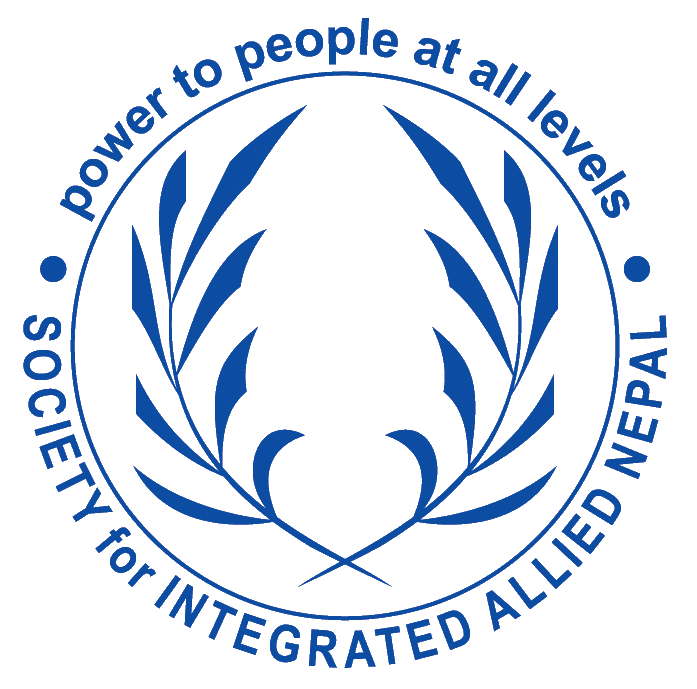Strengthening Child Protection System in Nepal

-
 Project Period- September – December 2024
Project Period- September – December 2024
-
 Funded by-Save the Children
Funded by-Save the Children
-
 Working Area- Kathmandu Valley, Madesh and Karnali Provinces
Working Area- Kathmandu Valley, Madesh and Karnali Provinces
Strengthening Child Protection System in Nepal:
Key Approach
- Effective Stakeholder Engagement across Multiple Levels: This initiative successfully engaged a wide array of stakeholders, from high-level government officials like the Constitutional Bodies, Parliamentarians ,Vice Chairperson of the House of Representatives and members of provincial planning commissions in national dialogues, all the way down to local-level Child Welfare Officers (CWOs) and Child Champions. This multi-tiered approach was crucial for securing buy-in and collaboration from those responsible for creating and enforcing child protection laws, as well as those directly working with children in communities. These dialogues and workshops fostered knowledge sharing, helped identify key challenges and potential solutions, and spurred commitments for systemic improvements, such as developing a disability tracking database and advocating for legal reforms. Ultimately, this broad engagement forged a vital link between national policy frameworks and local implementation.
- Strengthening Local Capacity and Systems for Child Protection: A significant achievement was the strong focus on bolstering local capacity and systems for child protection. Training programs equipped CWOs and Child Champions with the essential knowledge and skills to promote child rights, combat harmful practices like child marriage, and ensure online safety. The subsequent increase in CWO appointments directly demonstrates the positive impact on strengthening local child protection infrastructure. Furthermore, the development and dissemination of guidelines for child marriage-free local levels provided a practical framework for local authorities to implement effective strategies and achieve measurable results. This emphasis on local capacity building, coupled with practical tools and guidelines, created a more robust and responsive child protection system at the community level.
- Strong Commitment to Inclusivity and Addressing the Needs of Vulnerable Children: The project consistently demonstrated a deep commitment to inclusivity, particularly in addressing the specific needs of vulnerable children, especially those with disabilities. Dialogues and workshops continually highlighted the constitutional right to education for all children, including those with disabilities, and advocated for accessible infrastructure, inclusive education practices, and the development of accessible resources. The active participation of disability rights activists was key in ensuring that the perspectives and needs of children with disabilities were fully considered in the creation of these resources. Moreover, the project recognized and addressed the disproportionate impact of challenges on children with severe disabilities and those from marginalized communities, underscoring the need for targeted interventions to tackle inequalities. This unwavering focus on inclusion and equity ensured that the project’s efforts benefited all children, especially those most at risk.
OUR Working PRoces
We Reached out to Childrens and School

1
+
Events with Government

1
+
Stakeholders Attendance

1
+
Training to Child Champions
1
+
Training to Child Welfare Officer

